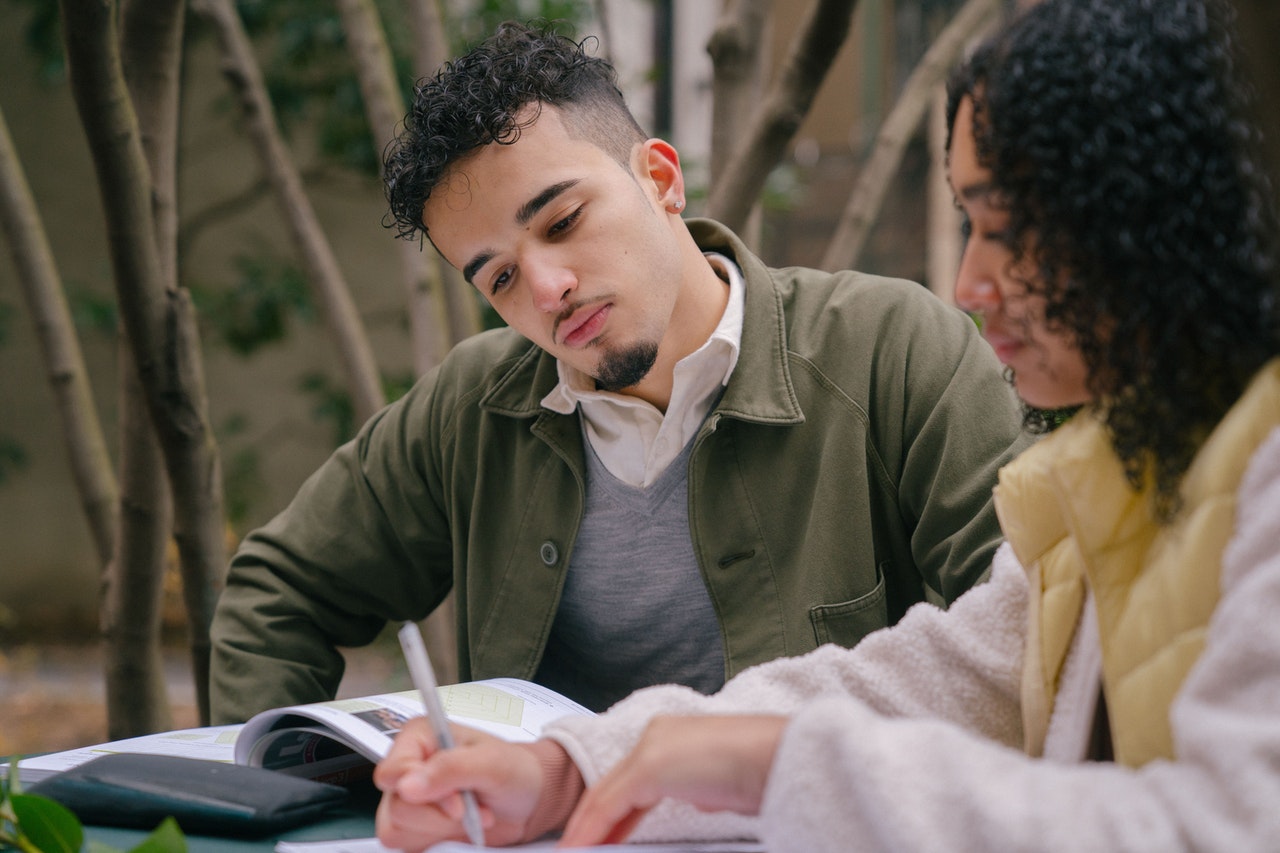As we prepare our students to re-enter the classroom with school supplies, or perhaps new hairstyles or clothes, let’s also be mindful to prepare their hearts and minds for the fun—and the challenges—ahead. Schools can be the places of connection, affection, protection, and redirection that young people of color need. They can also be sites of trauma and dehumanization, forcing our young people to conform and contort to systems of white supremacy that neither cultivate nor value their full potential.
Much has been written about how educators and school systems can disrupt dehumanization in learning environments. But there are six ways that families and communities can reclaim the humanity of young people to help them thrive in school and in life:
- Reject negative narratives. Dehumanizing narratives inform what society believes our young people are like, capable of, and deserve. When students of color are taught their true histories and empowered to re-write harmful narratives, they can reclaim their humanity and reject the ways in which society stigmatizes and marginalizes them. We must help our young people to use their stories as a tool to define themselves for themselves—bringing their innate worth, beauty, and complexity to the forefront.
- Find the joy. There is joy in learning; however, many students of color are conditioned to experience learning environments through the lens of conformity. How well they sit still, follow instructions, comply with arbitrary dress codes, and “behave” are inappropriate measures of their intelligence and ability to succeed. Black and Brown students are more often instructed to “be good” than to be inquisitive, communicative, or open to new ideas. Our young people can have joyful days when we urge them to deeply investigate topics that intrigue them and apply themselves to subjects that may not come naturally.
- Connect to culture. Sacred or traditional cultural practices help ground and connect people of color—keeping them on track emotionally and spiritually. Teach students of color to release toxic stress and seek healing by embracing the values and wisdom of their ancestors and heritage. These cultural healing medicines serve as protective factors that counter the effects of dehumanization—both in school and society.
- Embrace authenticity and belonging. Young people of color have unique points of view, identities, voices, and cultures. These are their superpowers. As the caring adults in their lives, we must embrace their authenticity and empower the unapologetic pursuit of their purpose. Students are less likely to submit to peer pressure or force themselves to assimilate if they know what true belonging and acceptance feels like in their homes and communities. In turn, they are more likely to develop transformative rather than transactional relationships with their peers that highlight their sacredness. Brown and Black students must know that even when they do not “fit in,” they belong!
- Look after mental and emotional health needs. The dual pandemics of COVID-19 and racism continue to negatively impact the mental health of Black and Brown children and teenagers. Although many schools have “returned to normal” after the social isolation and stressful logistics of remote learning, our students’ mental health has not bounced back as quickly. Then consider the fact that every day they have to navigate the toxic stress, anxiety, depression, and fear caused by racism, and it is easy to see the crushing cumulative effects on their mental health. We must destigmatize seeking and receiving a variety of healing modalities—including those that reflect culturally nuanced approaches integrating mind, body, and spirit.
- Encourage rest and self-care. Students should be encouraged to normalize rest and self-care in their lives. To counter Western notions of toxic productivity and hustle culture, young people of all ages can incorporate a plethora of healing strategies like meditation, bike rides, communing with nature, or sitting in circle. It is our responsibility to model that the stress and breakdowns that come with pushing our bodies and minds to the brink should not be accepted as the costs of success that we must all bear.
The dehumanization that students of color face in school is not only real; it is traumatizing in myriad ways. We must remind students of color that they are loved, valued, and sacred. And teach them that their culture is their medicine. Their connection to ancestral wisdom, customs, and traditions will ground them and help them to thrive.
As our children’s first and best teachers, we must also reclaim their humanity. When we loudly proclaim to the world that people of color are worthy, beautiful, complex, and vulnerable, our children are reminded that their humanity will—forevermore—remain non-negotiable.
